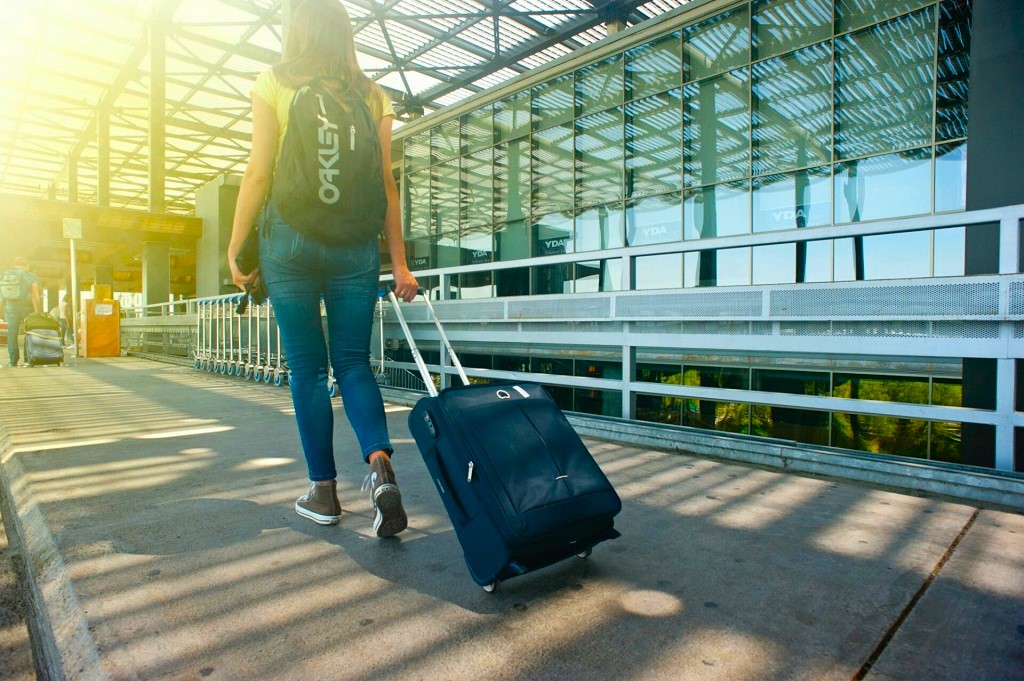Traveling through an airport for the first time involves several steps, from preparing before you leave home to arriving at your final destination. Whether you’re flying for business, leisure, or visiting family, understanding how to navigate an airport is crucial for a smooth travel experience. Consulting Airport Consultants can provide valuable insights for efficiently navigating through the airport. This guide provides comprehensive insights to ensure your first-time airport travel is stress-free and enjoyable.
Preparing for Your First Airport Experience
Researching Your Destination
Before you even step foot in the airport, it’s essential to research your destination. Understand the local customs, weather, and any travel advisories. This knowledge will help you pack appropriately and avoid any cultural faux pas. Additionally, familiarize yourself with the destination airport to know what to expect upon arrival.
Booking Your Flight
Choosing the right flight involves more than just finding the cheapest ticket. Consider the duration, layovers, and the reputation of the airline. Book directly through the airline’s website or a reputable travel agency to avoid potential scams. Once booked, make sure to note your flight details, including the departure and arrival times, as well as the terminal information.
Understanding Airport Layout
Every airport is different, so take some time to familiarize yourself with the layout of your departure airport. Most airport websites provide detailed maps that highlight key areas such as check-in counters, security checkpoints, gates, and amenities. Knowing the layout can save you time and reduce stress on the day of travel.
Packing Essentials for First-Time Flyers
Choosing the Right Luggage
Selecting the right luggage is crucial for a smooth airport experience. Consider the length of your trip and choose a suitcase that is durable and easy to maneuver. Check the airline’s baggage policies to ensure your luggage meets size and weight requirements. A carry-on bag can be handy for essentials and avoids the hassle of checked baggage.
Packing Smart
Pack strategically by rolling clothes to save space and using packing cubes to stay organized. Remember to pack essential items such as medications, travel documents, and valuables in your carry-on bag. Adhere to the airline’s liquid regulations, and consider packing a change of clothes in case your checked luggage is delayed.
Security Regulations
Be aware of security regulations to avoid delays at the checkpoint. Liquids must be in containers of 3.4 ounces (100 milliliters) or less and placed in a quart-sized bag. Remove electronics and large metal items from your carry-on before screening. Wearing slip-on shoes can also expedite the security process.
Navigating the Airport: Step-by-Step Guide
Arriving at the Airport
Plan to arrive at the airport at least two hours before a domestic flight and three hours before an international flight. This buffer allows time for check-in, security screening, and any unforeseen delays. Use a rideshare service, public transportation, or have a friend or family member drop you off to avoid parking hassles.
Checking In
Upon arrival, head to the airline’s check-in counter or use a self-service kiosk. Have your ID and booking reference ready. If you have checked luggage, drop it off at the counter after checking in. Many airlines also offer online check-in, allowing you to print your boarding pass or download it to your mobile device in advance.
Security Screening
Security screening can be one of the most stressful parts of air travel, but being prepared can make it smoother. Place your carry-on items, including electronics and liquids, in the provided bins. Follow the TSA agents’ instructions and be ready to remove your shoes, belt, and jacket. Once through security, gather your belongings and reassemble your items in an area out of the way of other travelers.
Airport Signage and Services
Reading Signs
Airports are filled with signs designed to guide you. Look for overhead signs that point to key areas such as check-in, gates, restrooms, and baggage claim. Many airports also offer multilingual signs to assist international travelers.
Using Airport Maps
Airport maps are invaluable tools for navigating unfamiliar terminals. Download a map from the airport’s website or use airport-specific apps to help you find your way. These maps typically highlight important areas and amenities, making it easier to locate what you need.
Airport Amenities
Modern airports offer a range of amenities to enhance your travel experience. These can include lounges, dining options, shopping, and even spas. Take advantage of these services to make your wait time more enjoyable. If you have a long layover, consider using an airport lounge for a quieter and more comfortable environment.
Handling Travel Documents
Passport and Visa
Ensure your passport is up to date and valid for at least six months beyond your travel dates. Check if you need a visa for your destination and apply well in advance. Keep your passport and visa in a secure, easily accessible place.
Boarding Pass
Your boarding pass is your ticket to board the plane. You can print it at home, at a kiosk, or use a mobile boarding pass. Keep it handy as you’ll need to show it at various points, including security and boarding.
Personal Identification
In addition to your passport, carry a secondary form of ID, such as a driver’s license or national ID card. This can be useful in case of any issues with your primary ID. Always store your IDs securely and have photocopies as backups.
What to Expect at the Security Checkpoint
Preparing for Security
Before reaching the security checkpoint, ensure all your liquids are in a quart-sized bag and easily accessible. Remove any large electronics, such as laptops and tablets, from your bag. Wear easily removable shoes and minimal jewelry to speed up the process.
What is Allowed
Familiarize yourself with what items are allowed in your carry-on and checked luggage. Items such as sharp objects, certain sporting goods, and tools may not be allowed in your carry-on. Check the TSA website or your airline’s guidelines for a complete list.
Special Considerations
If you have any medical devices or need special assistance, inform the security officers. They are trained to handle such situations discreetly and respectfully. Children, seniors, and individuals with disabilities can also request additional assistance if needed.
Waiting at the Gate: What to Do
Finding Your Gate
After passing through security, locate your departure gate. Verify the gate number on your boarding pass and follow the signs. Gates can change, so keep an eye on the flight information displays.
Staying Entertained
Waiting at the gate can be boring, but there are plenty of ways to stay entertained. Bring a book, download movies or TV shows, or play games on your device. Many airports also offer free Wi-Fi, allowing you to browse the internet or catch up on work.
Using Airport Wi-Fi
Most airports provide free Wi-Fi, but the quality can vary. Look for signs that indicate the network name and any login requirements. Be cautious when using public Wi-Fi and avoid accessing sensitive information without a secure connection.
Boarding the Plane: Procedures and Tips
Boarding Process
Airlines typically board passengers in groups, starting with first class and priority passengers, followed by those seated in the rear of the plane. Listen for announcements and be ready when your group is called.
Finding Your Seat
Once on the plane, locate your seat number, which is printed on your boarding pass. If you need help finding your seat or stowing your luggage, ask a flight attendant. Place your carry-on bag in the overhead bin or under the seat in front of you.
Storing Luggage
Properly stowing your luggage ensures a smoother boarding process for everyone. Place larger bags in the overhead bins and smaller items under the seat. Be mindful of other passengers’ space and ensure your items are securely stored.
Conclusion
Traveling through an airport for the first time doesn’t have to be overwhelming. With the right preparation and knowledge, you can navigate the airport confidently and enjoy a smooth travel experience. Remember to stay organized, follow airport procedures, and take advantage of the amenities available to make your journey as pleasant as possible.




Leave a Reply